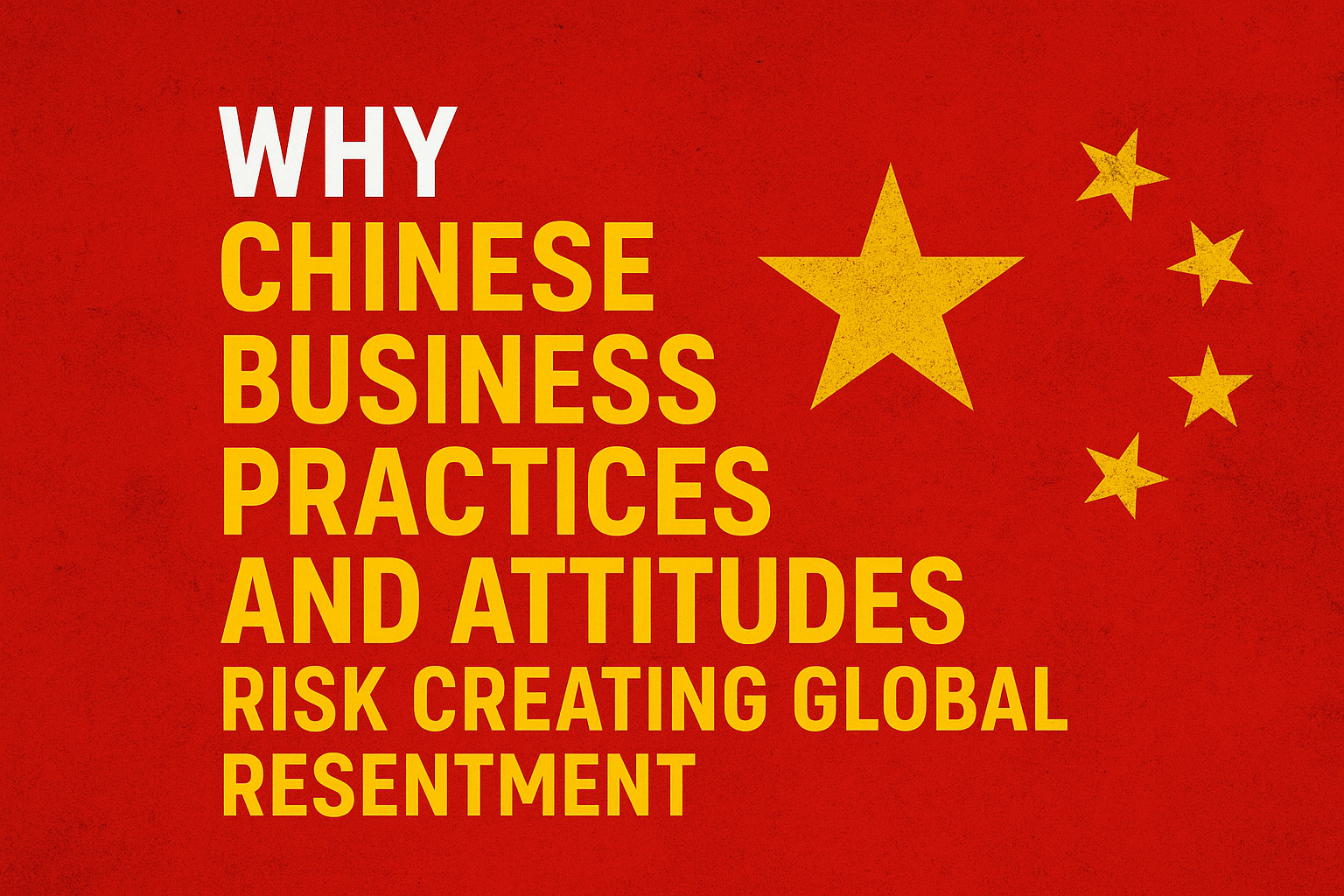Generation Z is no passing hashtag. Born roughly between 1997 and 2012, this cohort is the first true digital-native generation: they came of age with smartphones, social platforms, and instant global media as givens. That background shapes how they learn, work, love — and how they protest. Over the last decade Gen Z has powered school strikes for the climate, led mass demonstrations for racial justice, toppled governments in some developing countries, and turned social media trends into political pressure. To make sense of what’s happening today, we need to treat Gen Z not as a monolith but as a generational phenomenon defined by demographics, material pressure, technology, and a distinct political grammar.
This essay is a long-form, evidence-informed exploration of who Gen Z are, why the label exists, how social media changed the rules of collective action, why young people now erupt in protests across continents, who — if anyone — leads these movements, how older generations misunderstand them, and what the deep social gap really looks like. Along the way I’ll use case studies and scholarship to separate hype from pattern, and at the end propose pragmatic steps institutions and older generations can take to avoid strategic misreading — or worse, escalating conflict.
What is Gen Z — and why “Gen Z”?
Academics and major research centres generally place Gen Z’s start year at 1997, with end years ranging into the early 2010s. Analysts use birth-year cutoffs because cohorts share formative experiences — technology access, economic conditions, global crises — that shape worldview and behavior. Pew, Britannica, Investopedia and other demographers converge on this rough range, and national statistics offices have adopted similar definitions for policy and survey work.
Why call them “Gen Z”? Labels are shorthand. “Gen Z” follows the naming convention after Millennials and signals a new environmental and technological context: raised after mass internet adoption, after 9/11 and the 2008 financial crisis, and during accelerating climate breakdown. The label matters because it ties a diverse set of people to a set of shared exposures (social media, precarious jobs, high student debt, and ecological anxiety) that produce predictable attitudes and behaviors in aggregate.
The demographic and psychological baseline
Gen Z is large and diverse. Globally, the youth bulge is concentrated in Africa, South and Southeast Asia and Latin America, but the cultural phenomenon of Gen Z extends across developed countries too. In many advanced economies the oldest Gen Zers are now in their mid-to-late 20s, making them politically consequential in elections, workplaces, and social movements. Surveys show some reliable patterns for many Gen Z respondents: higher ethnic and cultural diversity, greater acceptance of plural identities, more liberal views on social issues, but also higher anxiety, mental-health indicators and economic pessimism than older cohorts entering adulthood at the same stage.
Key psychological and material drivers are worth flagging:
- Economic insecurity. Many Gen Zers entered adulthood during or after a financial crisis, facing precarious labor markets, high housing costs, and uncertain career paths.
- Information overload and fragmentation. Constant connectivity produces both broad awareness and quick attention shifts.
- Heightened climate anxiety and future-skepticism. Widespread belief that institutions are failing to secure the future.
- Lower institutional trust. Surveys reveal declining trust in traditional media, political parties, and some public institutions.
These predispositions make Gen Z both militant in causes they care about and skeptical of slow, institutional remedies.
Social media — the infrastructure of 21st-century contention
Argue about causality if you like, but the empirical fact is clear: Gen Z’s political energy travels on platforms. Teens and young adults use video-first and short-form platforms (YouTube, TikTok, Instagram, Snapchat) intensively; almost half of U.S. teens describe themselves as online “almost constantly” and many report relying on TikTok and Instagram for news and discovery. Platforms aren’t just megaphones — they are organizing layers: discovery (viral videos), coordination (DMs, groups, Discord, Telegram), identity-building (memes, aesthetics), and pressure (campaigns to deplatform, boycott, or disrupt).
Three platform dynamics matter for politics:
- Speed and virality. A compelling video or meme can globalize a local injustice within hours.
- Low barrier to entry. Anyone with a smartphone can create salience and narrative frames; movements need not wait for top-down organizations to form.
- Algorithmic amplification. Recommendation algorithms favor emotionally intense, novel, or polarizing content — exactly the things that drive protest recruitment and outrage.
This infrastructural shift explains why movements that would once have required centralized leadership and expensive logistics can now be catalyzed by a handful of viral posts and a distributed network of local actors.
Why they mobilize: causes and grievances
Gen Z activism is not random; it clusters around several domains where the generation feels existentially threatened or morally outraged:
- Climate change. School strikes and the Fridays for Future movement show how youth frame climate as both moral and survival issue. Academic studies connect these actions to transnational networks and digital mobilization.
- Gun violence / school safety. The March for Our Lives movement after Parkland in 2018 revealed how survivors could translate trauma into sustained advocacy and policy pressure in the United States.
- Racial and social justice. Black Lives Matter propelled by video evidence and hashtag activism showcased how local incidents become national and global causes.
- Anti-corruption and governance. Increasingly in the Global South, Gen Z-led protests have demanded accountability, transparency and an end to dynastic politics. Recent uprisings across South and Southeast Asia show youth targeting corruption and poor governance.
These are not isolated flashpoints; they connect to broader narratives: institutions failing, elites captured, futures stolen. Gen Z mobilizes where stakes feel existential and where social media provides rapid, visible recourse.
Who leads Gen Z movements? The decentralised leadership question
One of the single most repeated refrains about Gen Z is “leaderless” movements. That’s partly accurate — many mobilizations adopt horizontal, networked structures rather than pyramid hierarchies. But “leaderless” can be misleading: leadership still exists — it’s just distributed and oftentimes multimodal:
- Micro-organizers. Local activists, students, or community leaders who coordinate street-level actions via WhatsApp, Discord or Telegram.
- Influencers & creators. Cultural producers with large followings who can amplify messages, set aesthetics and recruit quickly.
- NGOs and institutional partners. Traditional civil-society groups sometimes act as scaffolding — offering legal, logistical or fundraising support while letting youth lead the public face.
- Tactical cores. Small groups (sometimes informal) handle security, legal advice, and escalation decisions, even inside otherwise “horizontal” movements.
So the leadership model is hybrid: distributed mobilization plus catalytic nodes. That makes movements resilient — no single decapitation ends them — but it also creates coordination challenges (strategy, negotiation, accountability).
The role of culture: tactics, aesthetics, and memetic fluency
Gen Z uses culture as political technology. Memes, viral chants, aesthetic signifiers (colors, symbols from pop culture), dance challenges and short-form storytelling are not trivial — they are recruitment mechanics. A single TikTok edit can humanize a victim, condense a complex demand into a ten-second moral shock, and create global empathy networks. Scholarly work on hashtag activism and digital protest shows how cultural forms make political claims legible and shareable at scale.
This cultural fluency matters because older political institutions tend to speak a different language: long-form argument, parliamentary procedures, policy memos. Gen Z’s toolkit excels at moral pressure and spectacle, which wins public attention and shifts the Overton window — the range of ideas considered politically acceptable.
Are these movements creating real social change — or just noise?
Short answer: both. The evidence shows policy and political effects in several domains:
- Policy wins. Some cities and countries moved faster on climate commitments, school safety laws, or policing reforms after intense youth pressure. Academic reviews of climate strikes and youth pressure suggest youth activism contributed to legislative and agenda changes.
- Electoral effects. Youth turnout spikes and digital get-out-the-vote campaigns have moved margins in close races. The value of Gen Z as a political bloc increases as they age into voting cohorts.
- Cultural shifts. Attitudes on gender, identity, and inclusion have shifted markedly among younger cohorts, pressuring institutions (media, corporations, schools) to adapt.
That said, fragility is real. Movements are vulnerable to co-option, surveillance, and fragmentation. A viral campaign that forces quick concessions may not sustain long-term institutional reform without durable organization.
Why older generations misunderstand Gen Z — and why the gap is deepening
Misunderstanding runs both ways. Older generations often misread Gen Z as entitled, attention-seeking, or ill-informed. Gen Z pushback reads older generations as complacent, slow, and morally compromised. Several structural reasons deepen the gap:
- Different media ecologies. Older leaders learned politics through newspapers, televised debates and formal party structures. Gen Z learned through feeds, creators, and viral moral shocks. The modes of persuasion and credibility are different.
- Different economic realities. Baby Boomers and older Millennials often entered adulthood when stable careers and affordable housing were more attainable. Gen Z faces job precarity, inflated housing markets, and higher student debt — material causes of impatience and radicalism.
- Different educational and cultural framings. Curriculum and campus cultures emphasize intersectionality, identity, and crises (climate, inequality), which shape moral priorities differently than older civic-focused curricula.
- Institutional failure and legitimacy deficits. Gen Z’s lower trust in institutions is reinforced by visible failures — corruption scandals, climate inaction, or financial crises. When institutions fail to self-correct, the generational grievance grows.
Put bluntly: older generations often interpret Gen Z tactics as disrespect for norms, while Gen Z interprets older inaction as moral failure.
The social gap’s consequences — politics, workplaces, families
The generational gap manifests in everyday life:
- Workplaces. Employers used to command-and-control cultures are facing demands for flexibility, purpose-driven missions, and workplace equity. Misreading those demands as laziness rather than a desire for dignity leads to attrition.
- Families. Clashes occur over marriage, migration, identity, and political conversation — often leading to estrangement in communities undergoing rapid change.
- Politics. Parties that ignore youth issues risk alienation; parties that cynically court youth trends risk hollowing policy substance.
This gap can harden into polarization if institutions mishandle it — for instance by criminalizing youth protest rather than engaging with grievances.
The international dimension: cross-border learning and contagion
Gen Z movements don’t stay national. They borrow tactics, aesthetics and icons from one another — from climate strikes in Europe to anti-corruption marches in South Asia to pro-democracy rallies in Southeast Asia. Media coverage and direct digital contact accelerate diffusion: organizers in one city can replicate a choreography, slogan or toolset in another within days. Analyses of recent waves of protests point to cross-border learning and shared repertoires.
That cross-pollination matters because it creates a contagious sense of possibility: young people see peers changing outcomes elsewhere and feel empowered to try. Global solidarity networks (diaspora communities, transnational NGOs) also amplify pressure on home governments.
Risks: burnout, surveillance, co-option, and backlash
The same features that enable Gen Z’s potency also make it vulnerable.
- Burnout. Constant online engagement and the emotional toll of confronting crises produces activist fatigue and mental-health strain.
- Surveillance and repression. Authoritarian regimes have learned to weaponize digital tools (internet shutdowns, data scraping, arrests) to suppress youth movements; democracies have grappled with balancing order and rights.
- Co-option. Political parties, corporate PR, or foreign actors may co-opt movements — diluting aims for short-term gains.
- Backlash and polarization. Hardline opponents may organize counter-mobilizations, producing cycles of violence or severe political backlash.
Understanding these risks is essential for converting momentum into durable change.
Who should lead — and how movements institutionalize responsibly
If Gen Z wants system-level change, a few practical steps matter:
- Build durable institutions. Short-lived hashtags must be complemented by legal teams, policy researchers, and organizing infrastructure.
- Train leadership in negotiation and governance. The ability to bargain and translate demands into implementable policy is crucial.
- Protect activists. Legal defense funds, digital security training and mental-health resources prevent burnout and reduce repression risks.
- Diversify tactics. Combine online pressure with offline institution-building (cooperatives, local councils, electoral engagement).
Movements that institutionalize without becoming ossified retain agility while gaining policy power.
What governments, institutions and older generations should do
Misreading Gen Z is a strategic error. Here are practical, non-naïve recommendations:
- Listen and translate. Governments should establish real channels to hear youth, then translate demands into measurable policy commitments. Token consultations backfire; formal, accountable mechanisms work.
- Modernize civic education. Prepare young people to shape institutions rather than only oppose them — courses in governance, civic tech and deliberative democracy can help.
- Regulate platform power thoughtfully. Social platforms are political infrastructure; regulation should protect speech and privacy while preventing algorithmically-driven harm.
- Offer economic remedies. Address housing, labor precarity, and student debt with concrete steps; material relief reduces radicalization.
- Avoid criminalization. Treat protest as a civic instrument; criminalizing dissent radicalizes and delegitimizes institutions.
If institutions respond with sincerity and concrete change, the generational gap can become a generative tension rather than destructive conflict.
The long view: will Gen Z remake politics permanently?
Generations rarely act as simple destiny scripts. But historical analogies are useful: the youth-driven 1960s reshaped culture and governance in durable ways. Gen Z has several features that increase the odds of lasting change:
- Digital literacy that rewrites political logistics. Campaigns, protests, voter mobilization and social norms now move faster and more cheaply.
- Demographic weight. In many countries Gen Z is a large voting bloc that will age into greater electoral influence.
- Moral framing of existential issues. Climate policy, inequality and data privacy are structural issues that require multi-decade fixes; youth demand for solutions is likely to persist.
But outcomes depend on institutional response. If systems adapt and co-govern with youth, reform can be stable. If institutions double down on repression or tokenism, polarization will deepen and cycles of unrest may continue.
Conclusion — from generation gap to generational dialogue
Gen Z is not an ideological caricature. It’s a cohort forged in digital networks, economic precarity, and global threats. Social media is both their toolbox and their environment; protests reflect material grievances amplified by a new organizing logic. Leadership is distributed, culture is tactical, and outcomes vary: some movements win policy wins, others dissipate. The deep gap with older generations is as much about different political grammars and material circumstances as about values.
The urgent policy implication is simple: treat Gen Z as stakeholders, not nuisances. Build durable channels for meaningful participation. Modernize institutions to meet the pace and ethics of a social-media-informed public. Invest in youth well-being and economic security. If we do that — and if Gen Z translates moral energy into policy craft — the result will not be chaos but a generational rebalancing of power, one that could push institutions to be more responsive, resilient and legitimate.








